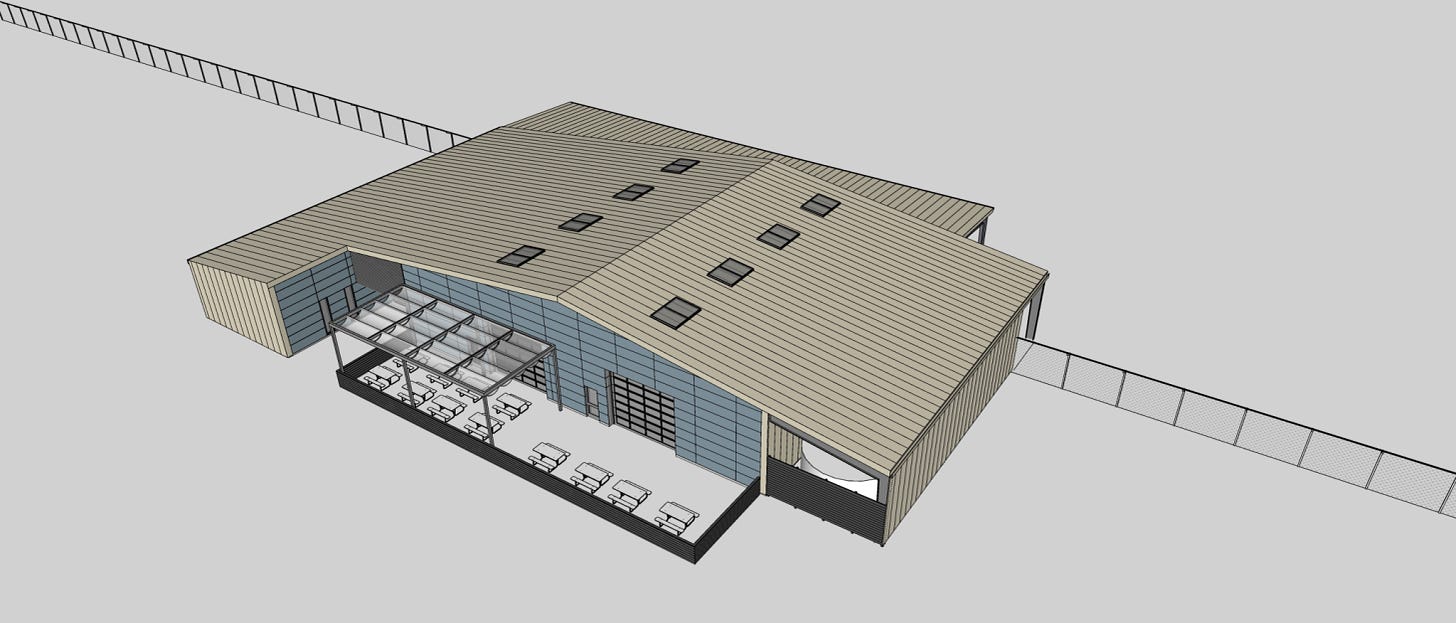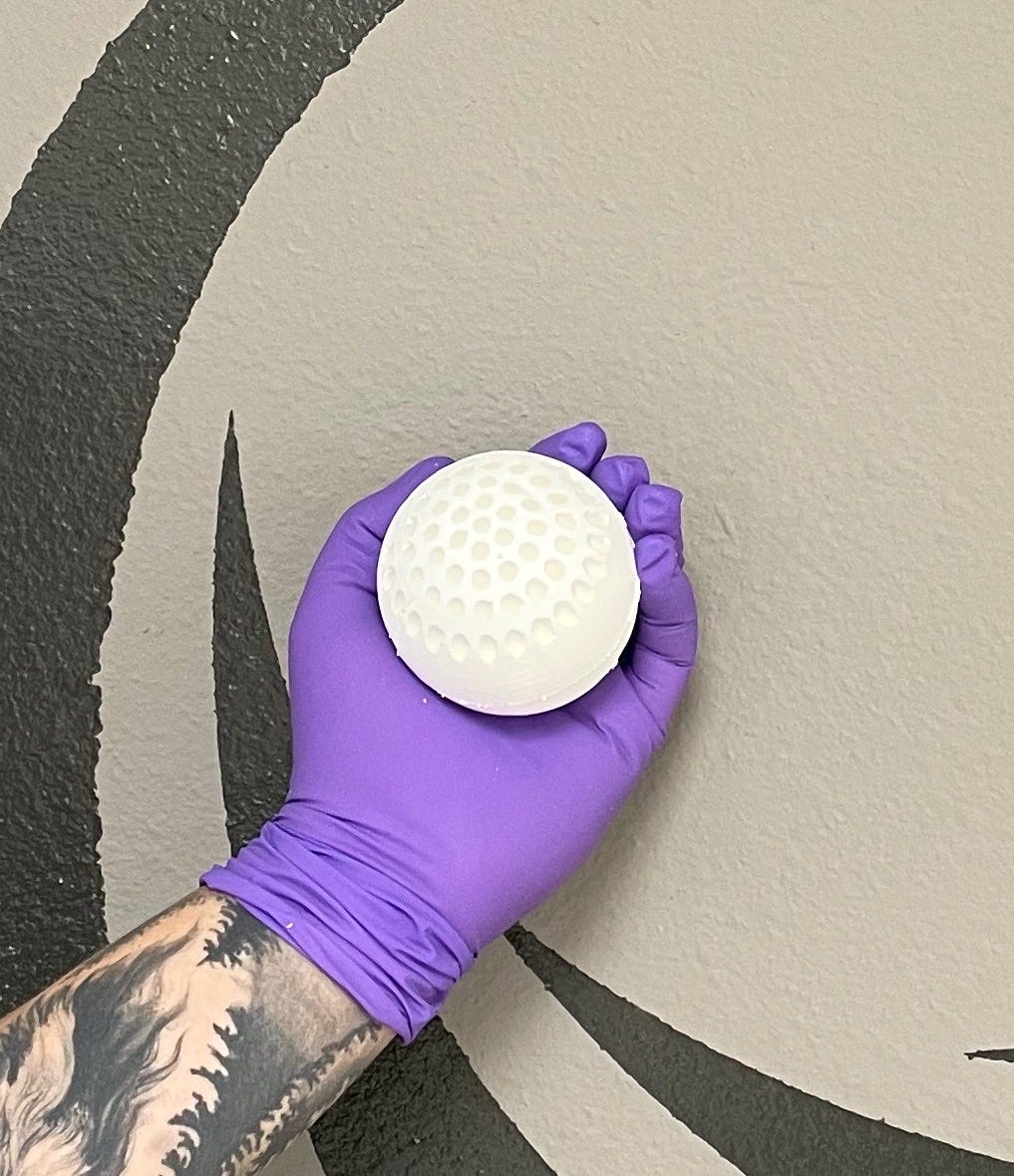The anti-GHG portfolio grows
We're purchasing hundreds of tons of carbon removal from Octavia Carbon, Andes, Capture6, and Spiritus. A happy belated 1st birthday indeed!
When Terraset launched just over a year ago, our portfolio was purposely small but incredibly strong: all our philanthropic carbon removal purchases went to Charm Industrial and Heirloom Carbon.
To us, they represent exactly what we believe in and want to back: innovative companies tackling permanent and high-quality carbon removal, vetted by leading climate tech organizations, eager for a blended fusion of capital to build and scale faster.
Both have made serious progress since. Heirloom just opened the first Direct Air Capture (DAC) plant in the US, signed a long-term contract with Microsoft, and captured and permanently embedded carbon in concrete. Charm raised a $100M series B and signed contracts with Frontier and JPMorgan to remove hundreds of thousands of tons of carbon by 2030. Incredible!
But the success of the carbon removal market relies on bringing new ideas and innovations to scale. And we’re all about putting our philanthropic dollars to good catalytic use—we want our capital to play a crucial role in the early phases of promising projects, to make more things possible that might not otherwise happen.
That’s why we’re excited to be purchasing hundreds of tons of high-quality carbon removal from four new CDR companies: Octavia Carbon, Andes, Capture6, and Spiritus.
Octavia Carbon is leveraging Kenya's geothermal energy, geology, and talent to radically accelerate DAC down the cost curve. Their aim is to make Kenya the world's most cost-effective hub to build and deploy DAC machines by 2025. Octavia will commission its pilot DAC+Storage facility, Project Hummingbird, in mid-2024. The initial phase of the project will have the capacity to capture and permanently store 1,000 tons of CO2 per year, cumulatively storing 10,000 tons during its 10-year lifetime.
Fun fact: Octavia's pilot DAC + Storage plant is named "Project Hummingbird" after the famous folktale "Flight of the Hummingbird," perpetuated by Wangari Maathai. The name pays tribute to Wangari Maathai's inspiring legacy and embodies the spirit of determined efforts towards driving positive change, no matter how small, much like the hummingbird in the folktale.
Andes add beneficial microorganisms to soil along with agricultural seeds, such as soybean and wheat. These microorganisms grow with plant roots and accelerate the conversion of carbon into minerals. With rainfall, these minerals move deep into the soil, making room for annual carbon removal, enabling agricultural fields to become mega-factories of carbon dioxide removal (CDR) while growing food.
Recent highlight: Andes recently announced a partnership with Lawrence Livermore National Lab, as part of the DOE's Energy Earthshots Initiative, to further study and enhance the natural ability of microbes in weathering silicates for the purpose of CDR.
Capture6 is one of the few companies on the market pursuing joint removal and decarbonization solutions. Their process utilizes salt to capture CO2 and recovers over 50% of freshwater from desalination and other waste brines in the process – creating a meaningful synergy between carbon removal and water availability. This technical approach allows them to remove CO2, mitigate local environmental impacts, and improve water security.
Spiritus harnesses the power of a lung-like sorbent material to passively absorb CO2 from the air. Their 'Carbon Orchard' concept is a departure from traditional DAC methods, utilizing a unique architecture that maximizes surface area contact for CO2 absorption, akin to the alveoli in human lungs. This not only enhances efficiency but also reduces operational costs, as their system requires relatively low heat for the desorption process.
There’s a massive gap between CDR today and where it needs to be. Philanthropy has the potential to be a major catalyst in helping it get there: philanthropic giving totals as much as $1 billion per day in the USA alone, but only a tiny percentage goes towards tackling climate change. Signing these contracts and purchasing hundreds (and hopefully up to thousands) of tons of carbon removal from these four companies is exactly how we do that.
There are so many more incredible CDR companies building fascinating and important approaches. We wish we could’ve purchased from more of them in this latest round. And we’ll be reviewing and onboarding another cohort early next year as we raise more funding to support this critical work.
So if you’re a CDR project developer and you want to be considered for philanthropic funding, tell us more in this form.
Or if you’re a CDR advocate that wants to play a crucial role in bringing more innovative approaches to market and scale, donate here or get in touch.
Oh, and yes, this is a sort of belated birthday post. We’re thrilled to be going strong one year in. But instead of a cake with candles, we’ve got a growing portfolio with more CDR suppliers. And we wouldn’t have it any other way.
— Adam and the Terraset team










I am interested in learning more about your methodology for evaluating carbon capture projects. Thank you for posting this article -- please continue to provide more info about your decisions and strategy.
For example, it seems you primarily invest in early stage tech solutions. Is this because you think they will scale to lower $ per ton than e.g. REDD-type projects?
I hope as these start ups get field experience - you evaluate their 3rd party life cycle assessments and ensure that 3rd party has verified their CO2 capture amount claims. hi probability that many will not work well enough and will go out of business. so pls compare costs per ton also.
also ck out Graphyte. very inexpensive & minimal energy used.